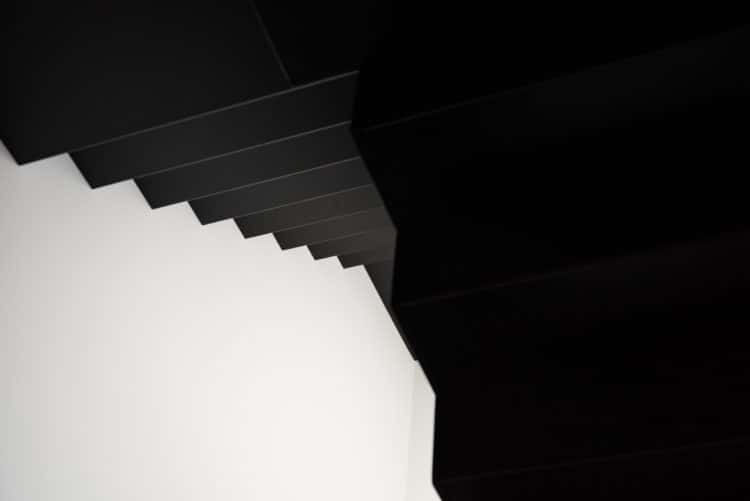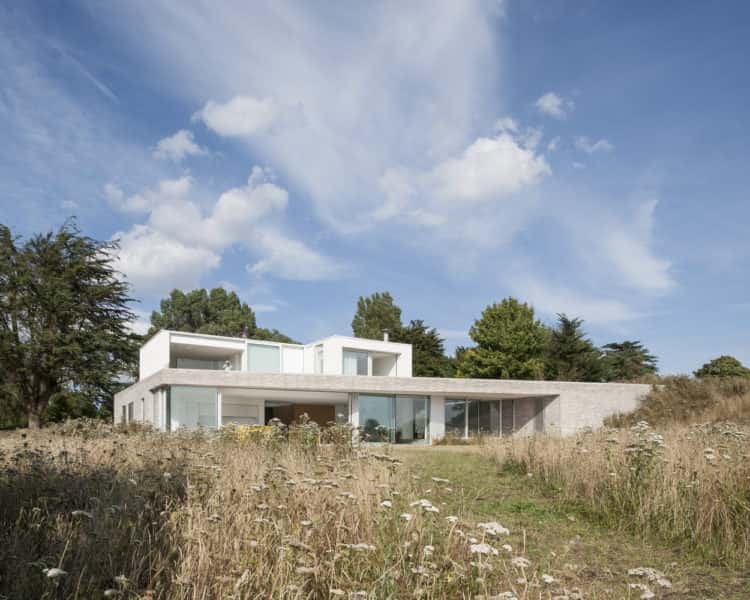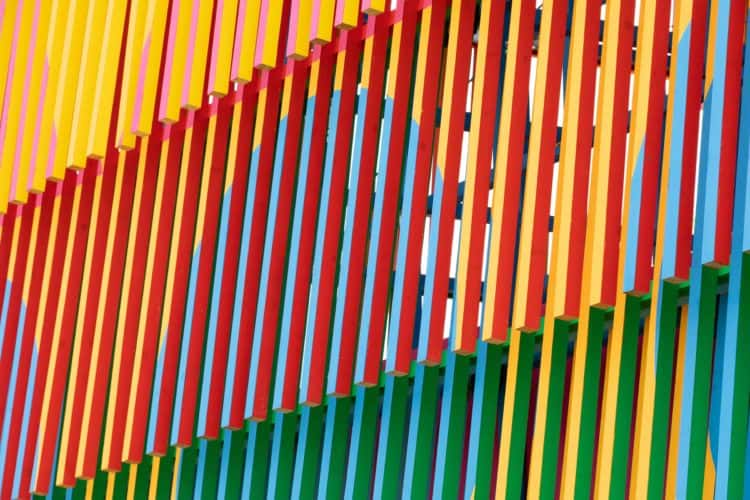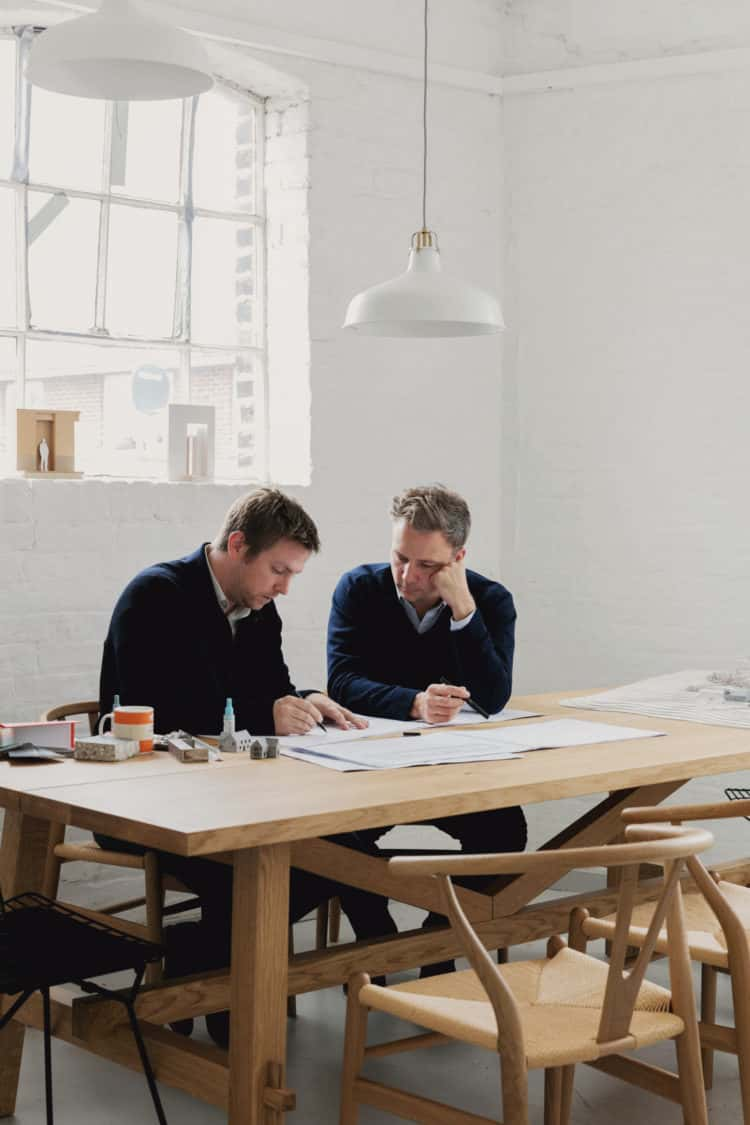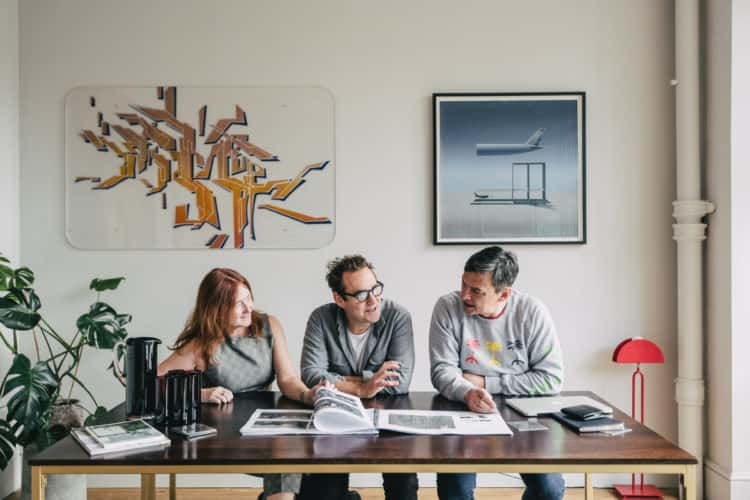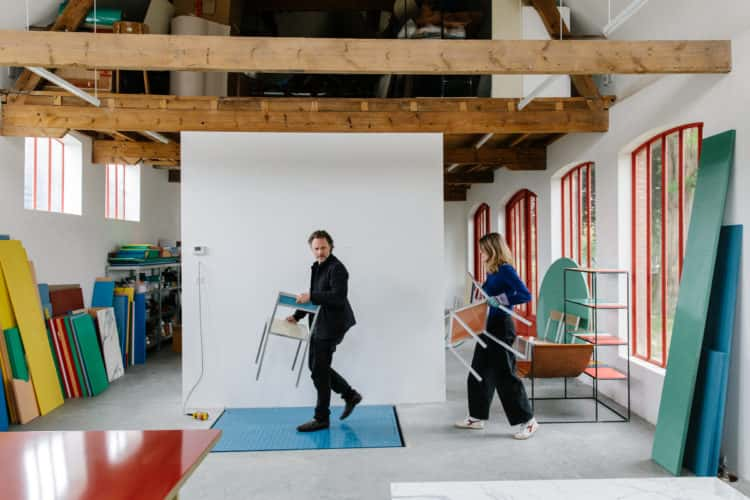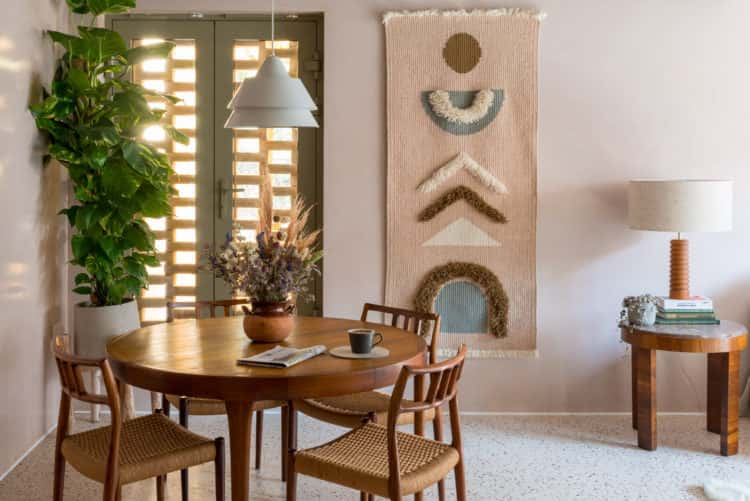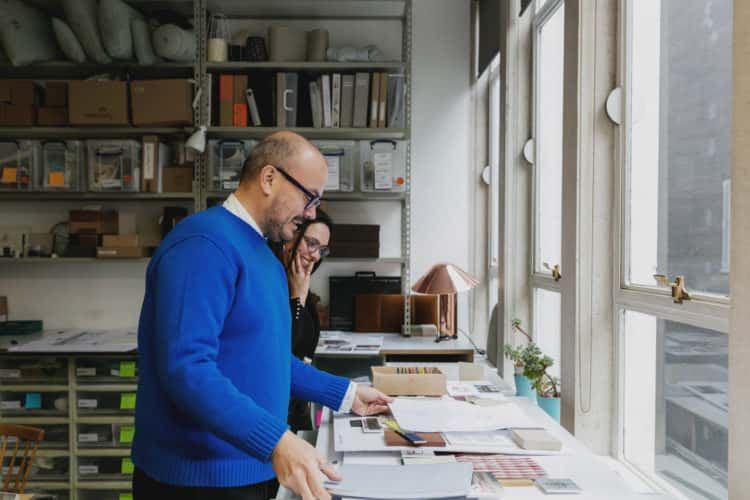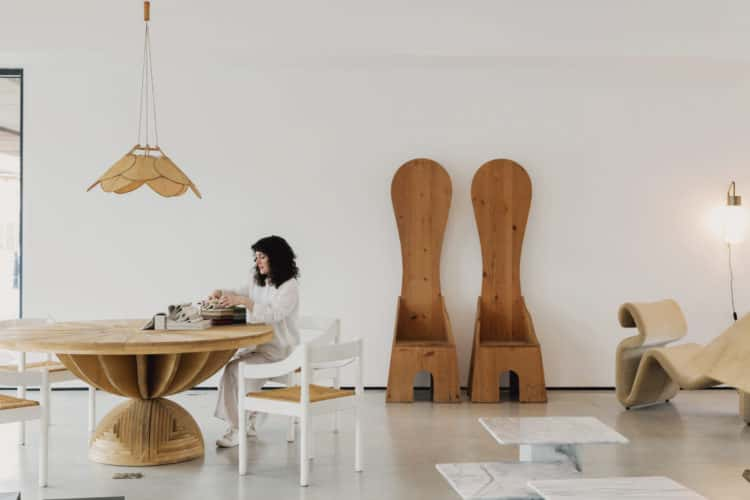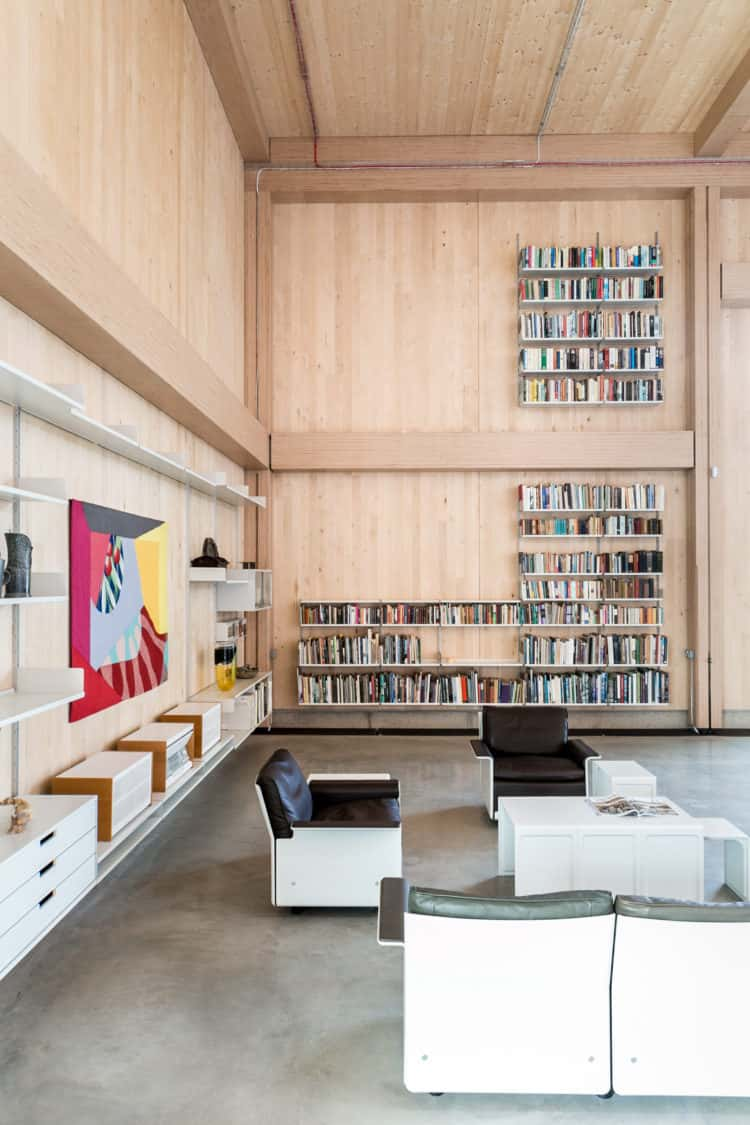A to Z of Modern Living: architect Chris Dyson on quality spaces, sustainability and historic architectural conservation at his Clerkenwell Cooperage project
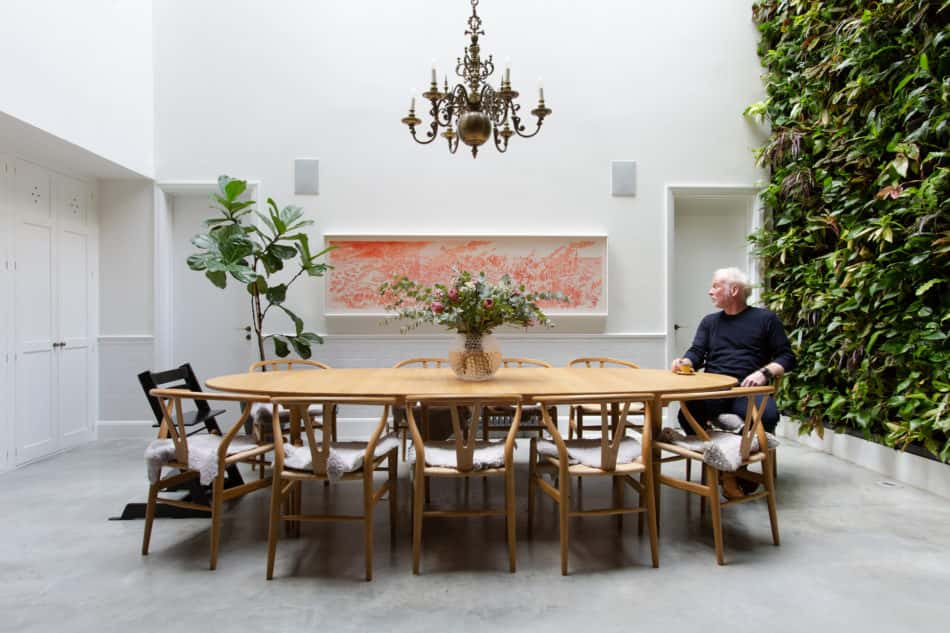
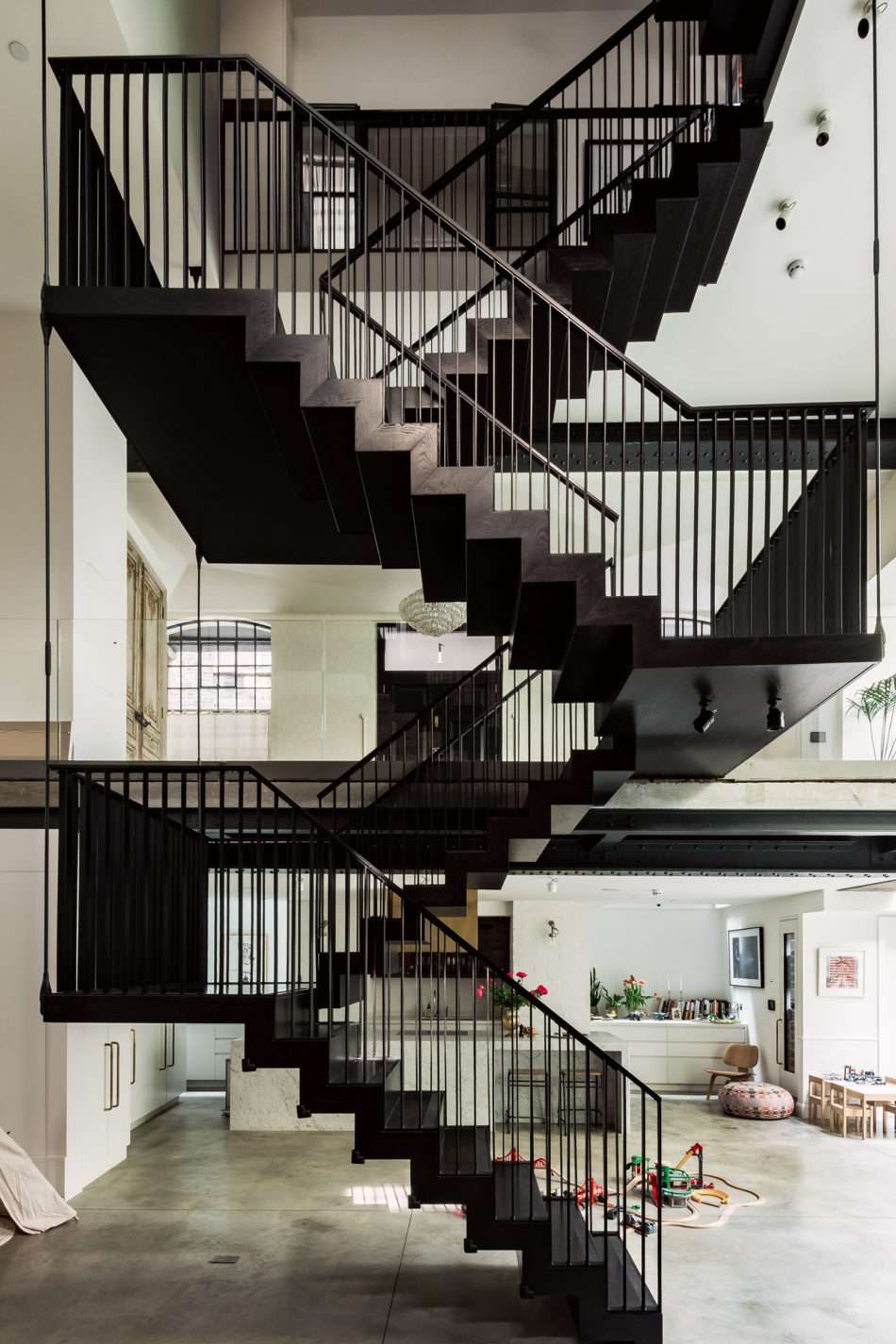
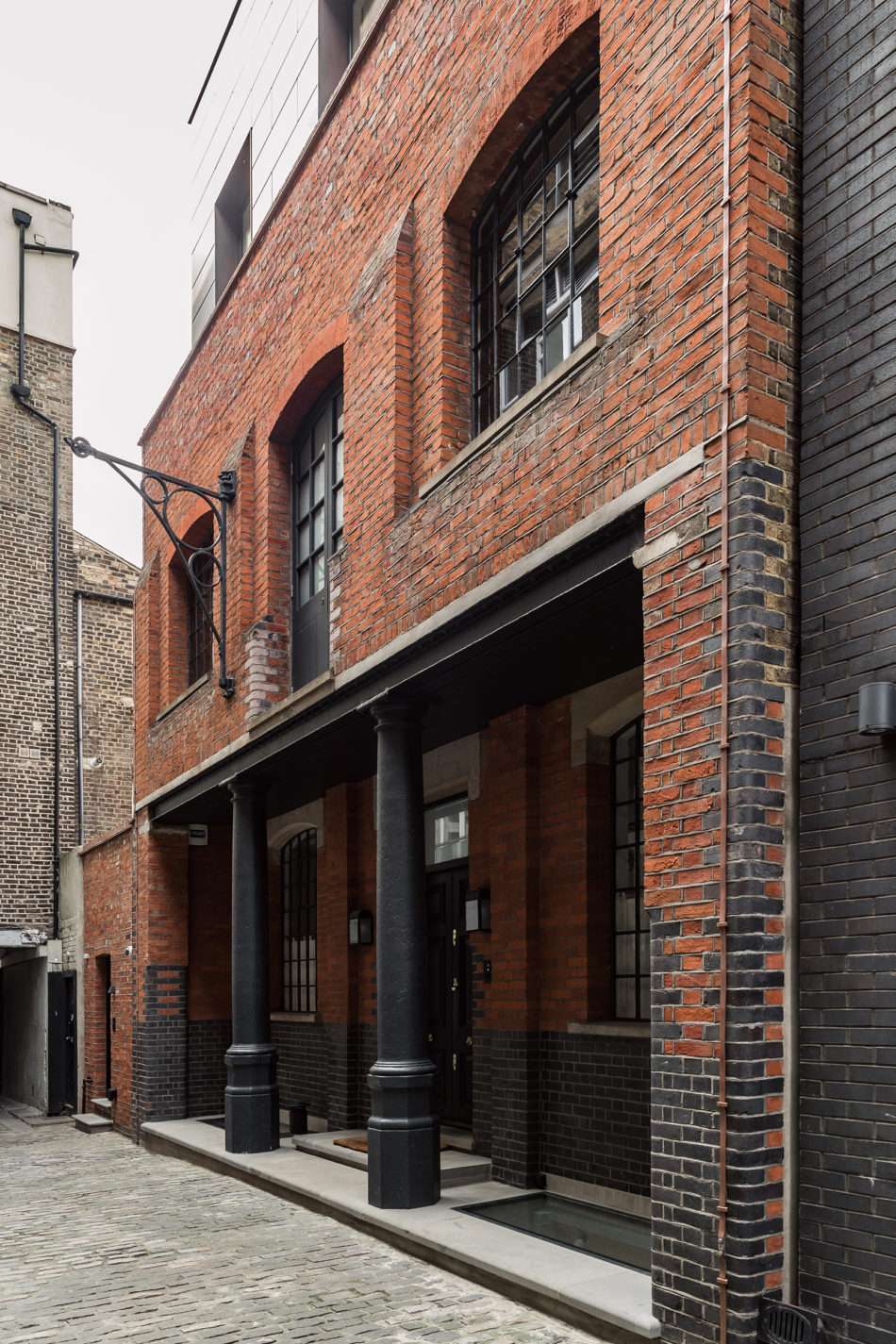
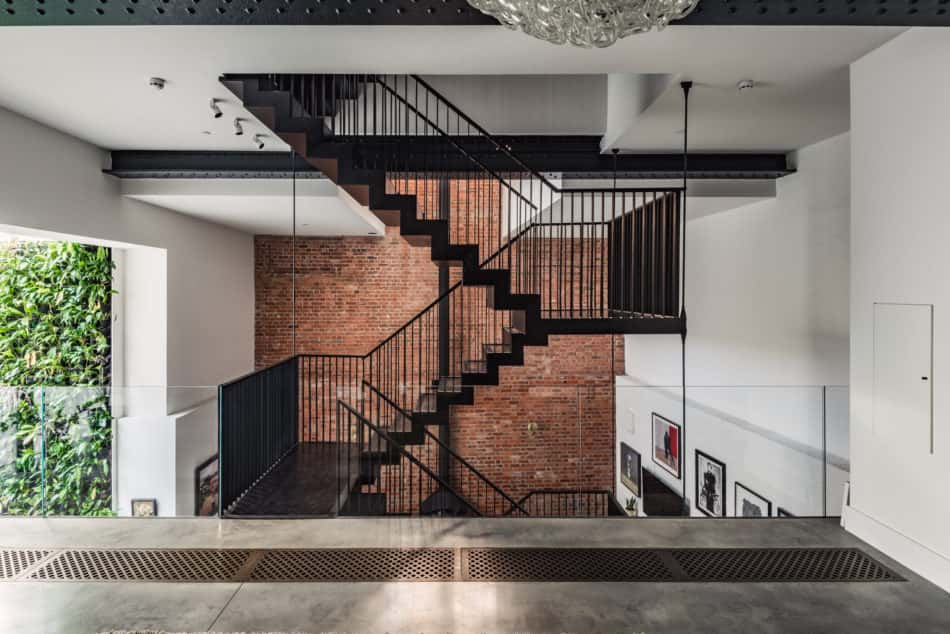
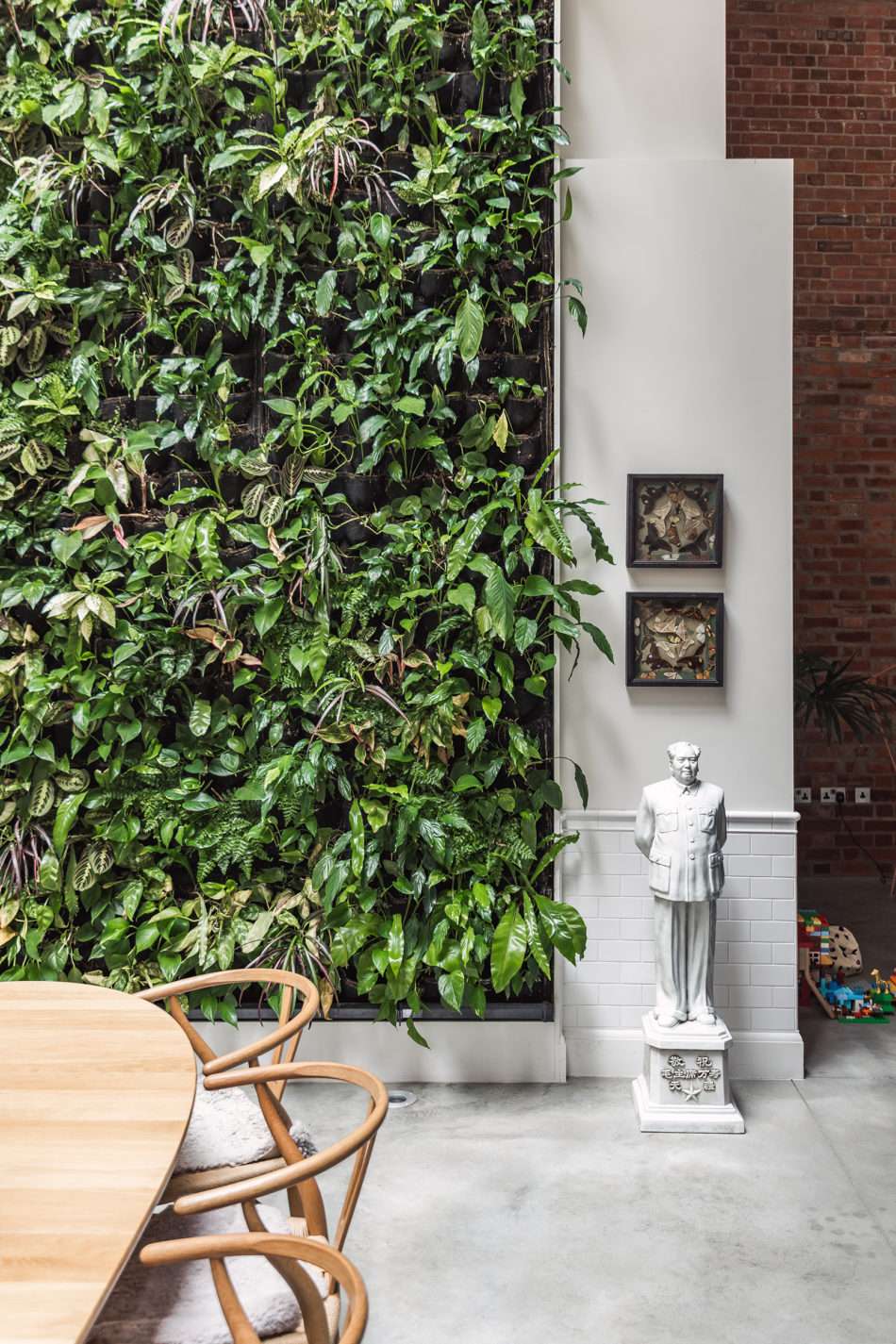
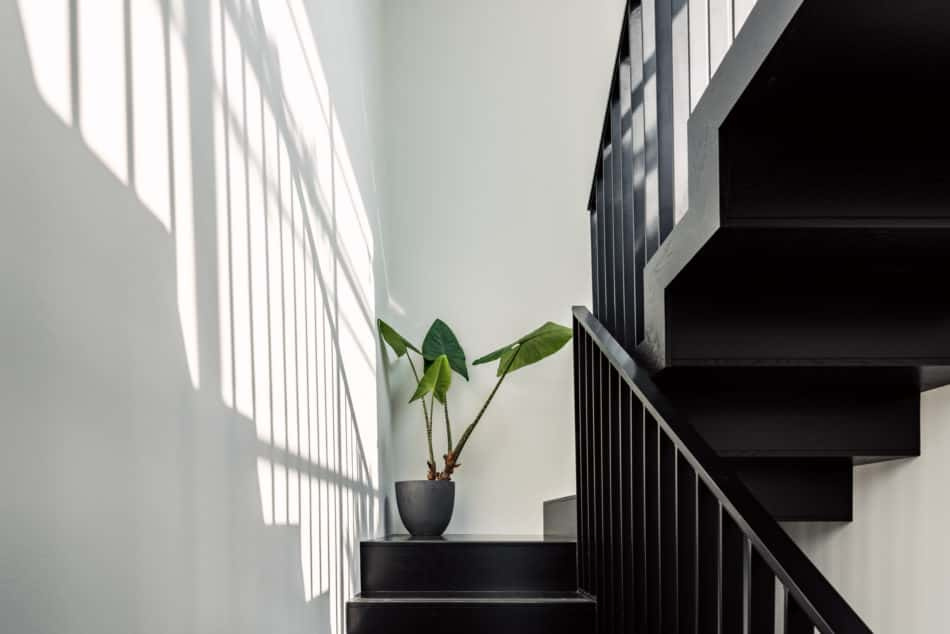
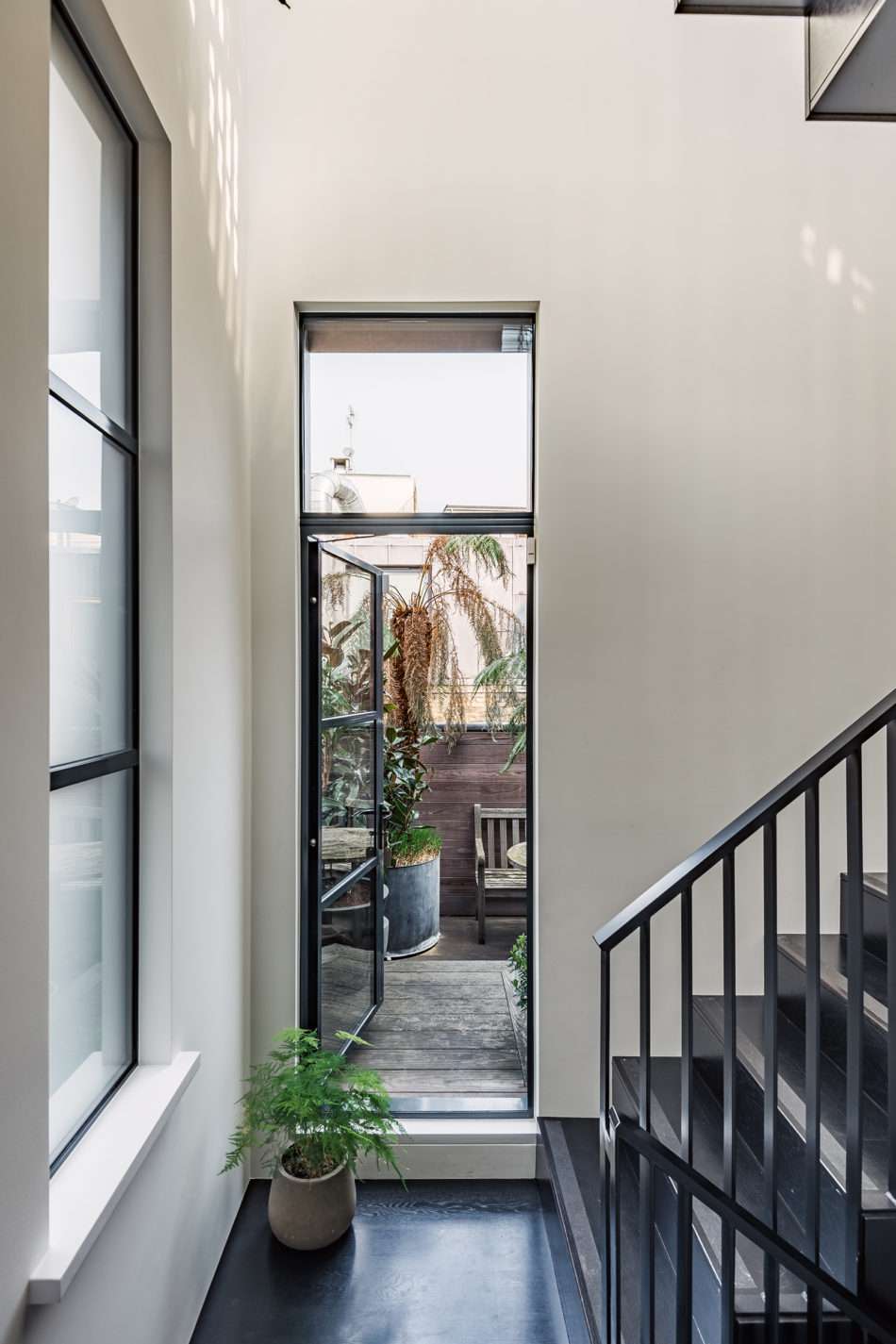
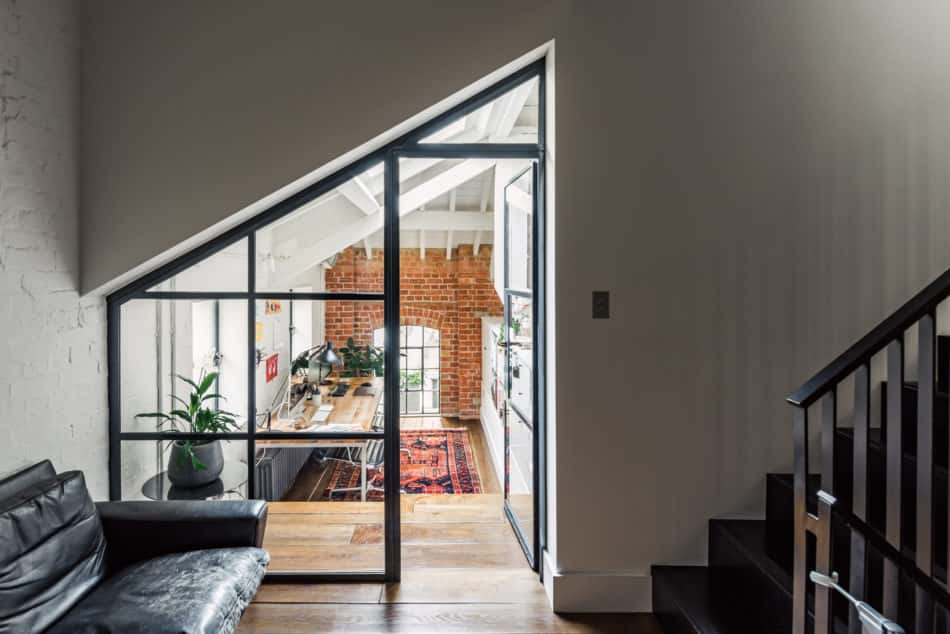
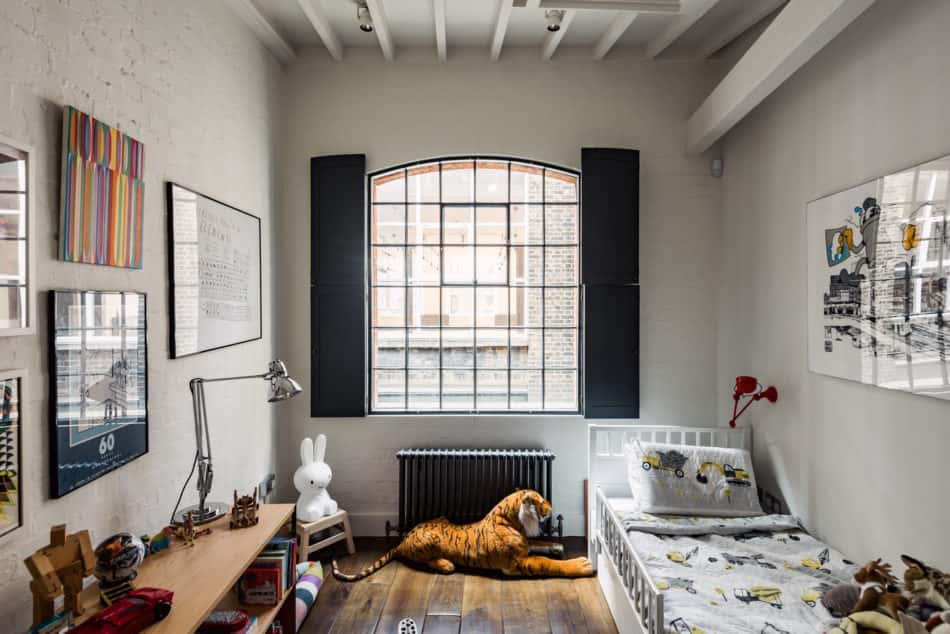
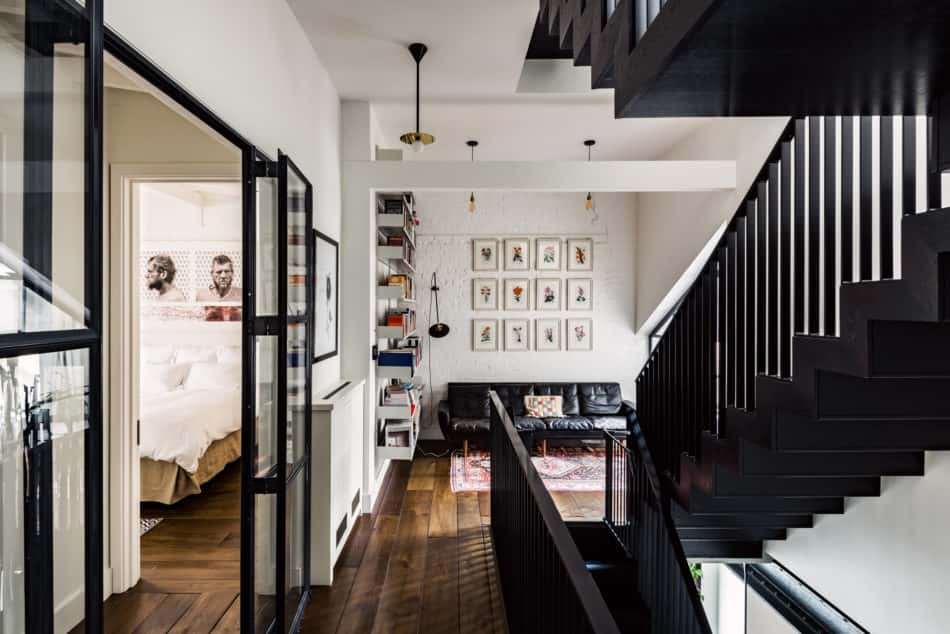
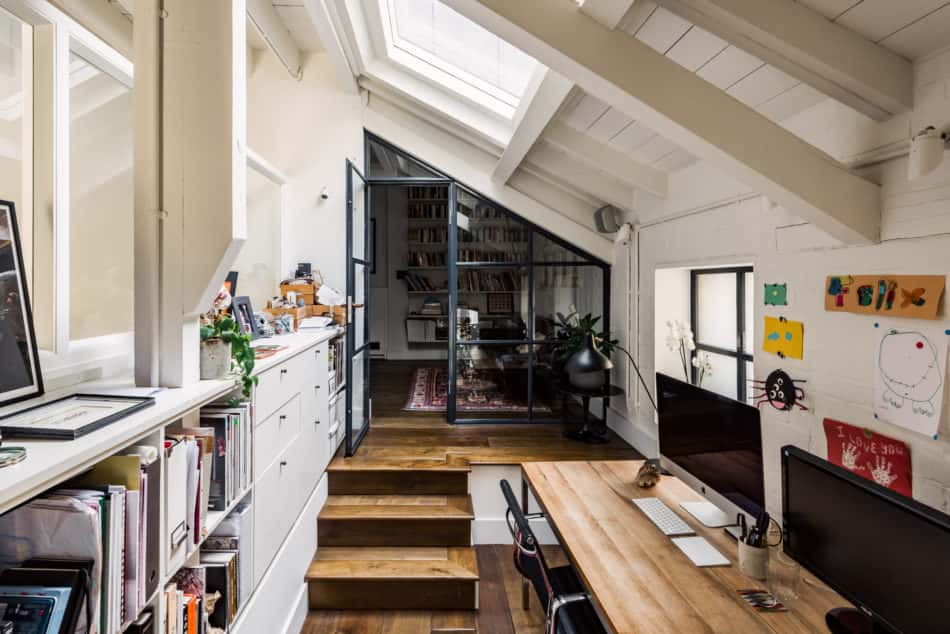
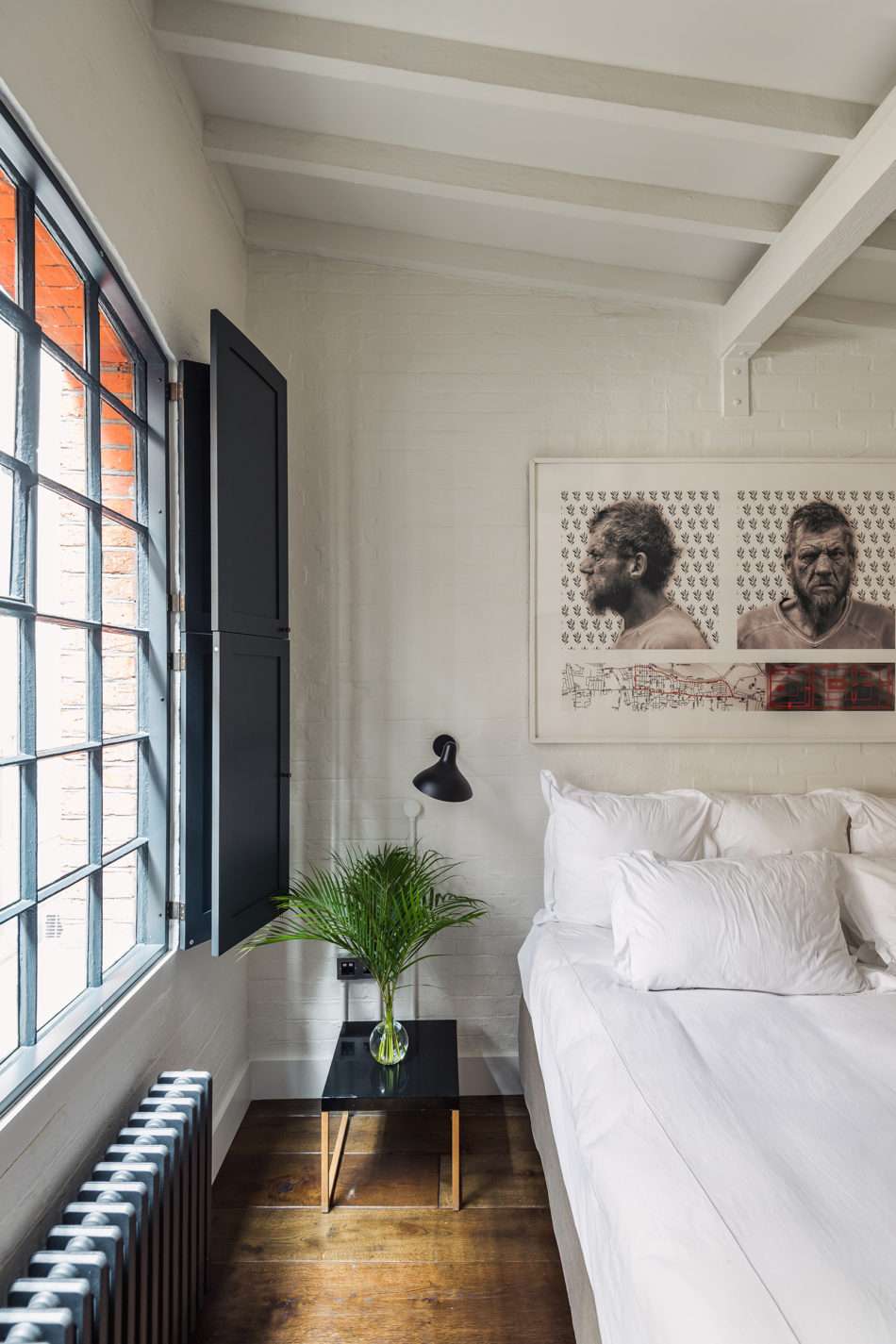
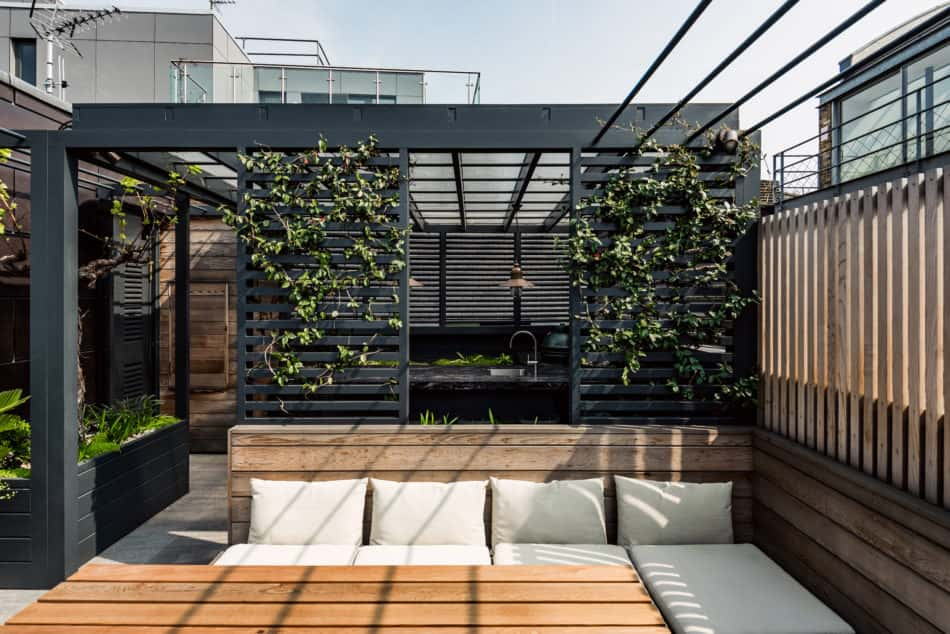
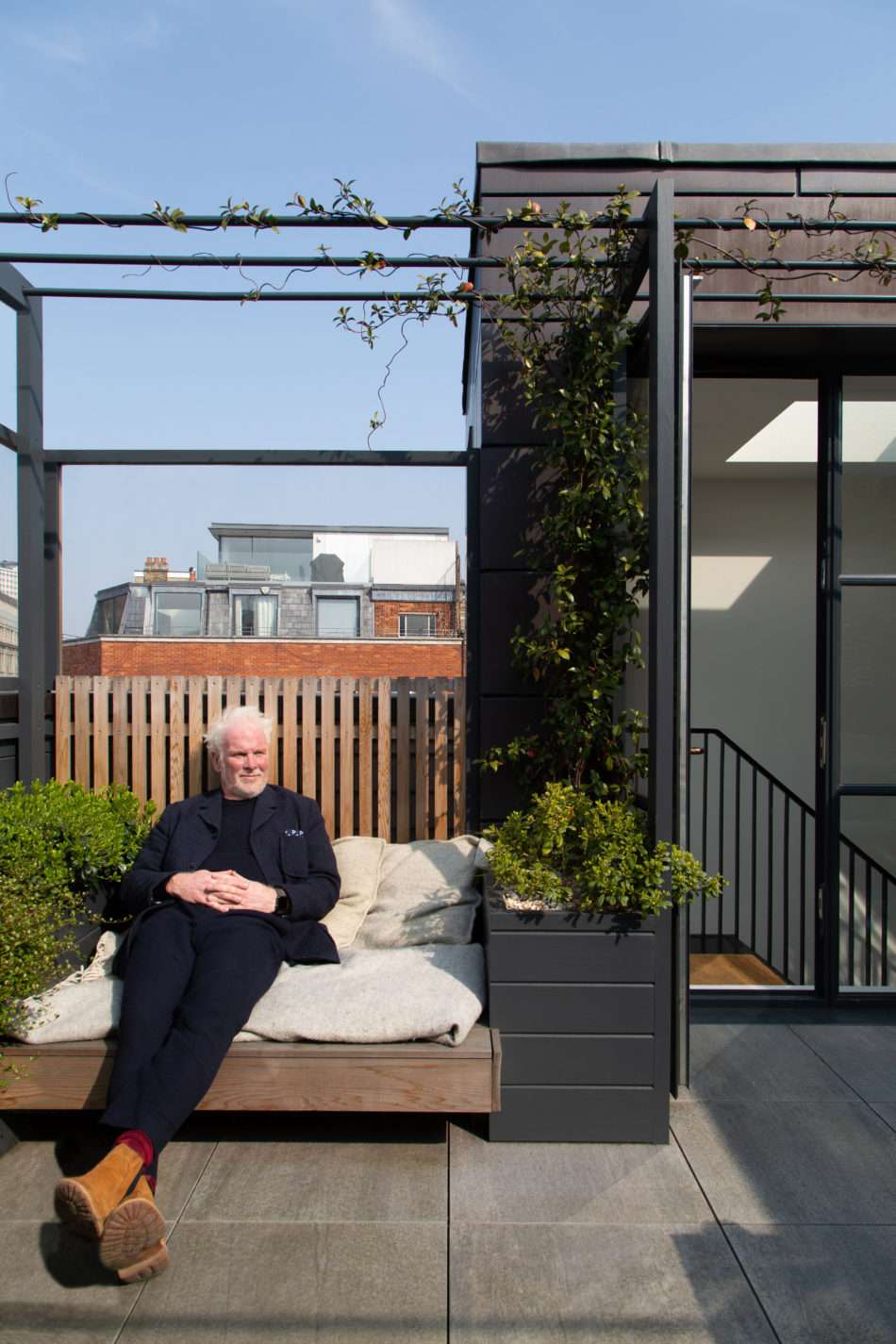
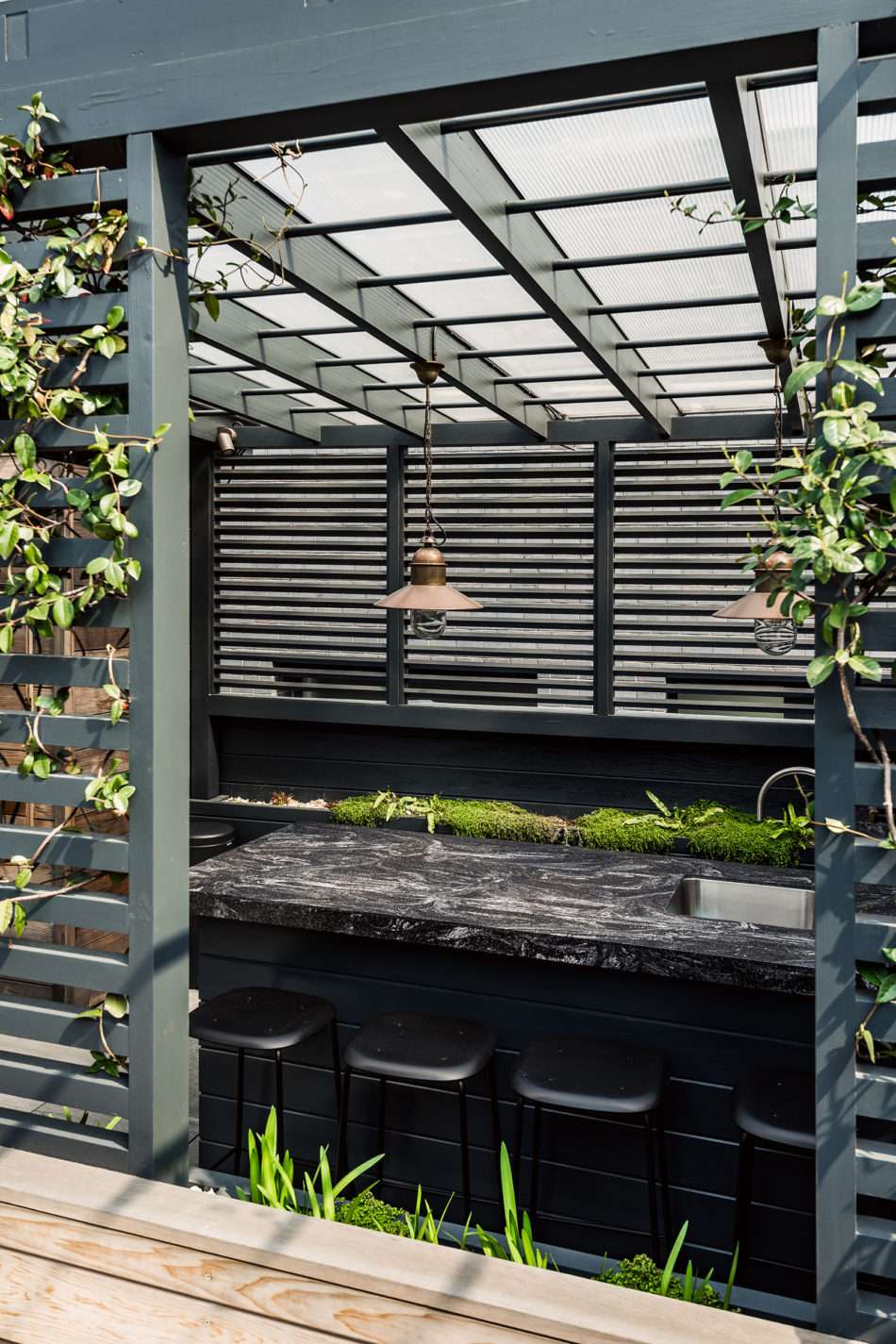
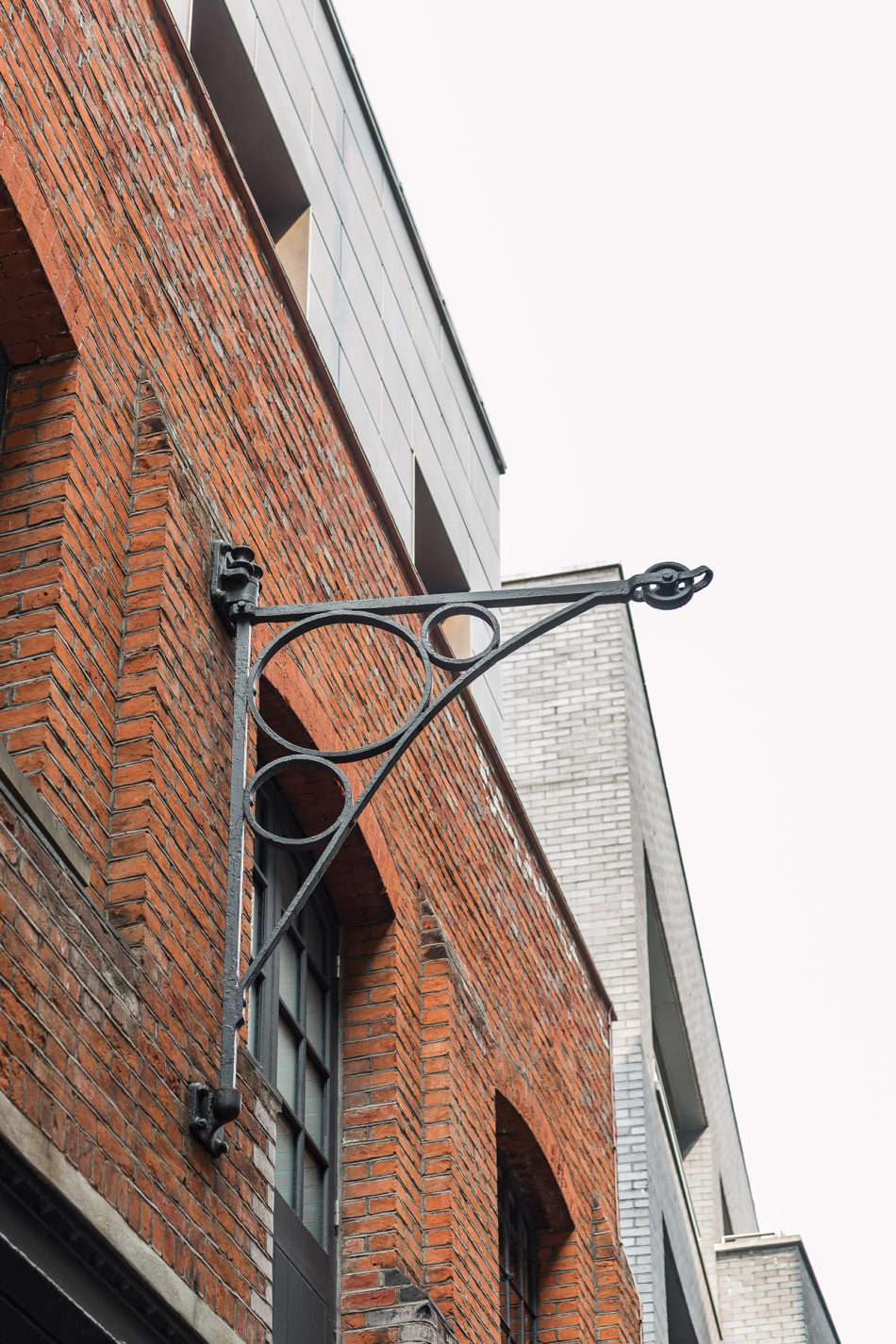
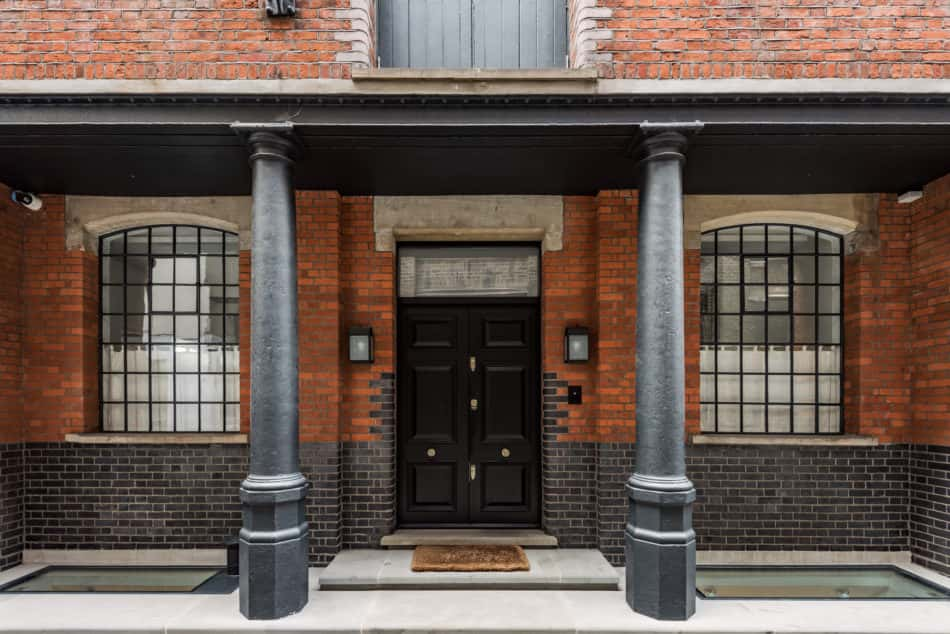
Historic architectural conservation is a tough line of work. A design too sensitive to the original fabric of the building will be a pastiche, while unfettered modernity in such contexts is gauche. Add to this often tricky sites, historical listings and no straight lines to speak of, and you can see why period conversions can be seriously testing for architects.
Through his eponymous practice, however, architect Chris Dyson has built a reputation for masterfully restoring and celebrating historic buildings for contemporary relevance, imparting sensitive updates that beautifully cater to modern living.
After visiting Chris at his restored Hugenout townhouse in Spitalfields, we were intrigued to find out how his practice goes about updating other period buildings using a modern idiom. We met Chris at his RIBA award-winning project Clerkenwell Cooperage to see why it makes an apt case study for his design approach.
Chris, how did this project, Clerkenwell Cooperage come about?
Chris: “The clients were really engaged in terms of design, and they spent some time researching architects who had experience with historic buildings. They came across White’s Row, an early 18th-century former merchant’s house which we restored, respecting the historic integrity and then worked within that in a creative way.”
“The two projects ended up being quite similar as they were hemmed-in urban plots, and we sort of cut and carved around the existing structures to bring light in.”
What made this an interesting project to be involved with?
Chris: “Because this building isn’t listed, it represented a canvas that we could manipulate and be creative with. It was an old cooperage before, meaning they used to make barrels here – and industrial heritage which we honoured using materials like concrete, black steel and exposed brickwork.
“Also, the clients had a very good design eye, and were very keen to drive through a new staircase from top to bottom, for example. This staircase is a real core, providing circulation and allowing you to experience different levels of the building, and opens up the spaces. It was a key element in the project, right from the beginning.”
What were the key components of the architecture here?
Chris: “The arrival at ground level was a crucial element. As you come into the house, you step onto a deck which allows you to look upwards to the top of the house, or downwards towards the basement, where the main living spaces are. It provides an instant wow factor, which is not something we were necessarily seeking, but it came out through the process.
“The possibility to extend the basement was also another important aspect. It allowed us to bring top light in through overhead glazing, part of which retracts so that what is a basement two storeys down doesn’t feel like that at all, but rather an indoor/outdoor space.
“We also removed a floor to create the triple-height atrium, realising light into the volume and giving an open feel. Being able to make those kind of changes, and the client being on board, is really important in all our projects. You can make a really special, unique house that way, where it’s not all about square foot – it’s about quality of space, and the experience of it.
“It’s those big and bold elements that really transform spaces. It’s that approach that we like to encourage our clients to adopt, that they have to be quite brave sometimes to be successful.”
What materials did you use and why were they important?
Chris: “There are lovely materials here but none of it is really flash and I think that’s another thing about our practice – we don’t really go in for bling. We like to use natural materials as much as possible, with quality finishes that are made to last.
“The extension, for example, is a bronze-clad box with a rooftop on top. I think that was a very generous move on the client’s front, to convey what is an expensive material, frankly, on the outside of the building, so anyone who can see it have a very beautiful material to look at, which changes with the seasons and times of day, as the light moves.”
What are you hoping to achieve by using quality natural materials?
Chris: “I’m interested in making buildings that are made to last, so using materials that will stand the test of time is crucial to that. That’s what sustainable architecture is to me.
“As a practice we take sustainability quite seriously in that we always ask, what can we save, restore and work with in a building? Then comes the question of what we might add to or improve. For me that’s what sustainable architecture is about, not just the bells and whistles.”
How do you go about saving historical elements of a building while also designing for a modern context?
Chris: “Understanding the past and telling that story becomes a key component to making a unique building, but it’s about not being afraid to be modern as well.
“People love period homes because often, like this space, they are big, generous and quite flexible, which is something people really value in modern life. And they offer peace and calm, and rest – all those which are really important in the busy lives we lead. Just sitting here talking to you is a joyful, restful experience because it’s so quiet here, and you can really be at home with yourself.
“It’s that which I try to find in a project, a sort of inner calm which allows people to feel rested and rewarded for being in the space. It’s a quality that takes a lot of work to get to but once you’re there you know what it is.”
